
Hello friends. We took a walk in a very beautiful town. We kept seeing this place on social media, so we thought: Why not visit while we’re in the area? We had passed through here a few times before, but never stopped to take a look. We just drove by.

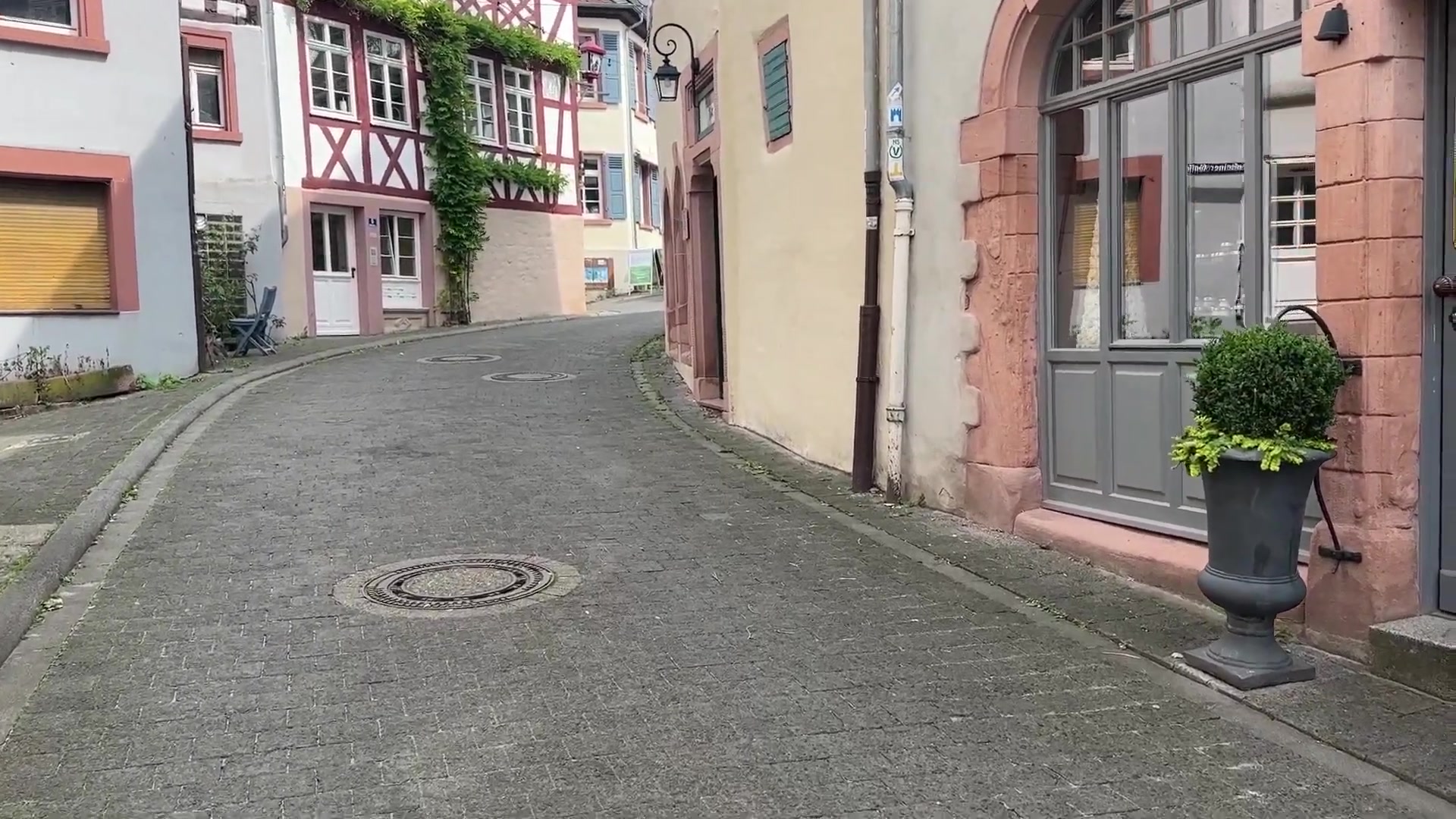
The town is called Heppenheim, located in the state of Hesse. It has beautiful timber-framed houses. The old town center is very charming, with cobblestone streets, a unique atmosphere and lovely architecture that makes it feel really special.


I absolutely love Fachwerk houses and could spend hours walking around and examining them. I think the architecture of that era is far more interesting than the buildings we see today. Modern houses tend to be standardized and look quite similar. Of course, I must admit that some modern buildings are beautiful too, but they lack the distinctive charm and character of the old ones.


The town has a population of around 26,000 people. It’s a small place, situated on a hill and it’s also famous for its vineyards and wines. After walking for a bit, we found ourselves in an area filled entirely with Fachwerk houses. If you walk outside the old town, you’ll start to see newer buildings. It’s summer now. Everything is green, flowers are blooming and fruits are ripening. Spring and summer are the best times to visit. You’d expect lots of tourists, but today it was actually quite quiet. Maybe the summer holidays have started and people have gone to the seaside. We were also planning to be at the beach around this time, but our plans changed, so we decided to explore cities instead.


After a bit of walking, we sat on some benches to rest. People actually live here, in these quaint, timber-roofed houses. They look like toy houses, but no, they’re real. The only thing that bothers me a little is the small windows. I personally prefer spacious, sunny homes. But back in the day, that’s how they built them.



One of the houses had a date on it: it was built in 1830. The houses are colorful… In some towns, all the houses are painted in similar tones, like beige or brown, but here, everyone painted their home in a different color. One was brown, another green and another gray. Everyone designed their home however they liked.



There was also a restaurant here that preserved the original atmosphere. But when I saw a palm tree next to it, I felt like I wasn’t in Germany anymore. Of course, investors can come and restore these places, breathing new life into them.
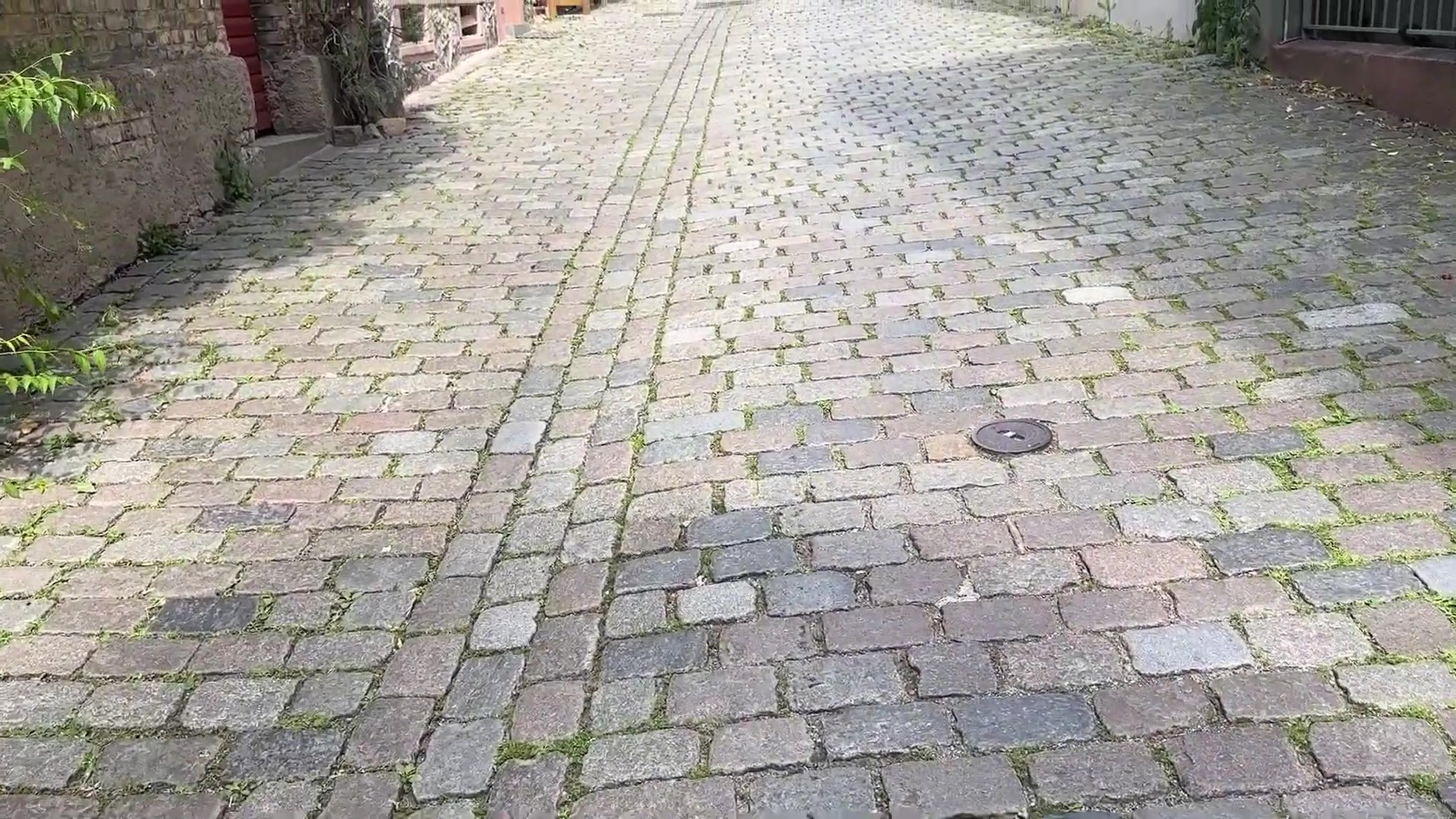


We were fascinated by the tiny houses, tiny windows below, little side doors. I wonder who lives in them? The most fun part: some of them had spiral staircases. There was a sign saying private property. The houses aren’t very tall, about 8 meters in height, 5 meters long and 2 to 3 meters wide. Would you move into a house like that? Would you invest 250,000 or 300,000 euros?




A bit further on, we saw some newly restored buildings. The houses on the right looked more modern,probably old structures that had been well renovated. The windows were new and set up for comfortable living. But on the left side, there was a slightly run-down corner. It might be for sale, or just vacant. Maybe it will be turned into a café or boutique. But there’s a potential issue: the local residents. There are children here. A growing number of tourists might not be welcomed. Even if tourists are quiet and respectful, nobody wants their neighborhood to get too crowded.
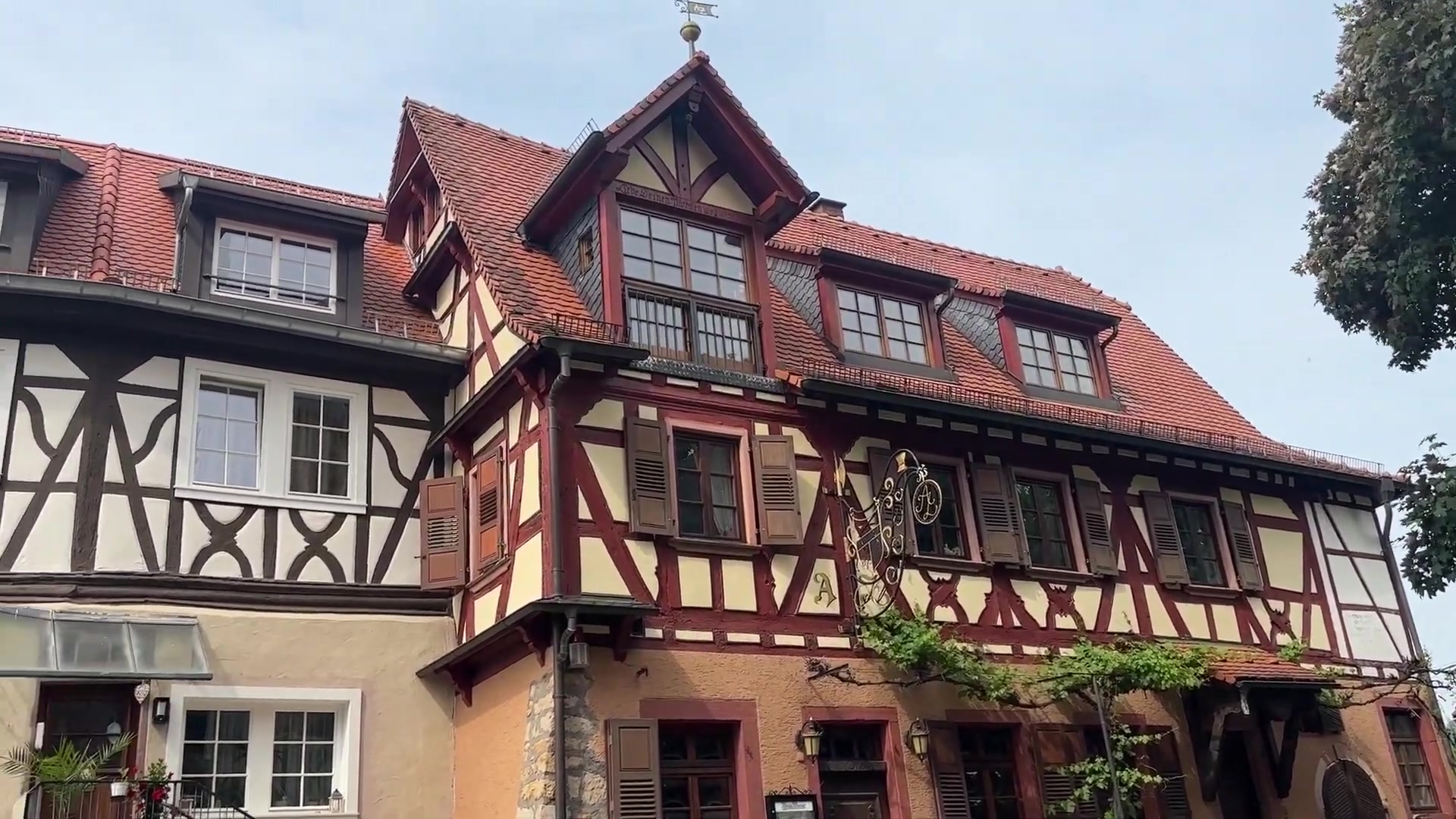


There was another empty space on the left. The ground-floor window was broken. It’s private property. Inside, it’s just old bricks, very aged walls. But it looks like renovations are underway. Something’s going to happen there, maybe a café or a shop. If we come back again, maybe we’ll visit it too.




There are also short-term rentals in this town, practical options for those who want to stay for a day or two. Of course, there are schools, doctors, photographers, cafés, supermarkets, everything a town of 26000 people might need. Locals decorate their home entrances and gardens to make them feel warmer and more inviting. They beautify their surroundings with flowers and ornaments.
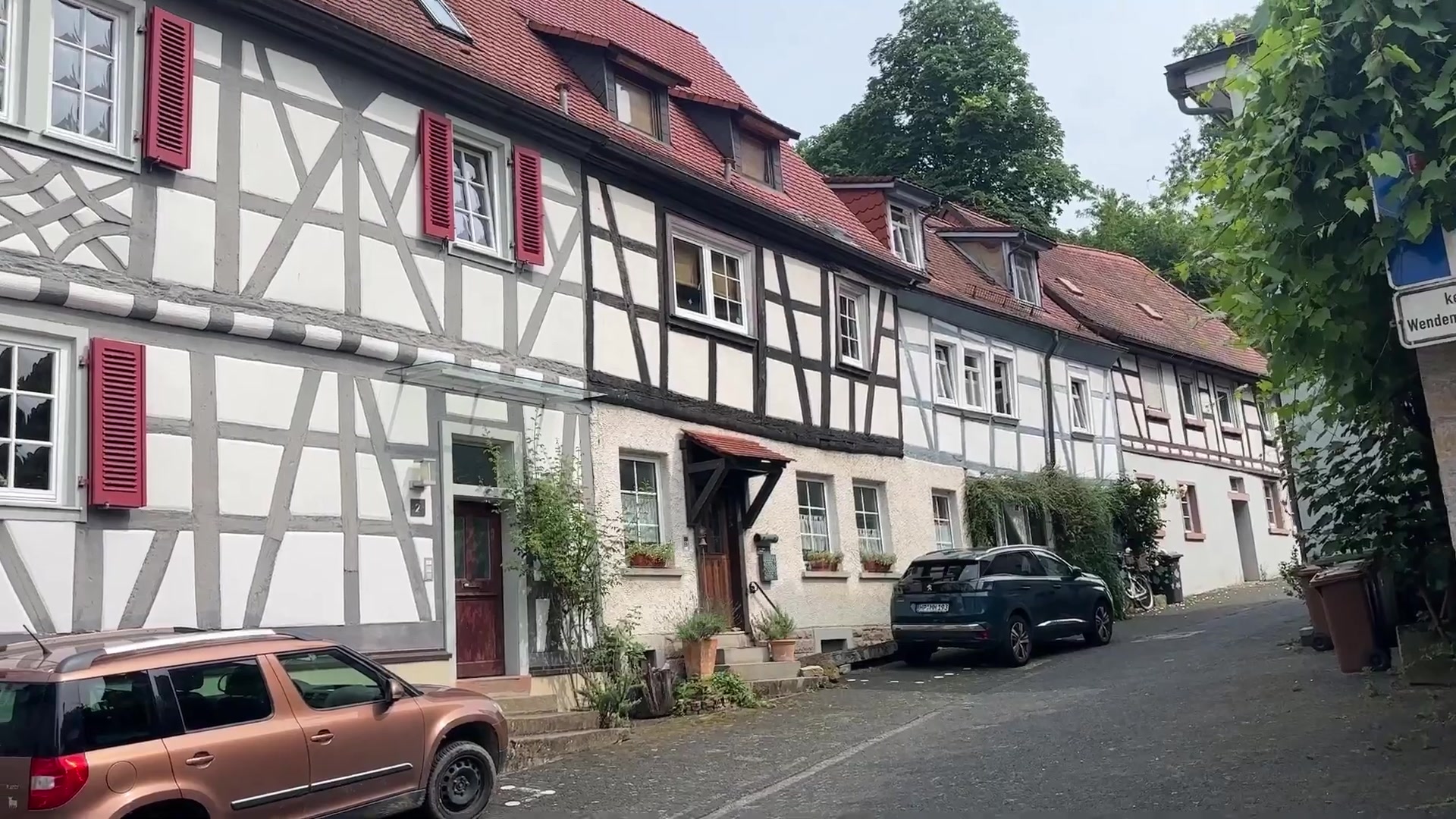


We also came across houses for sale. One of them was 72 square meters, renovated in 2001, on a 355 square meter plot. Another one was a 162 square meter apartment, but it needed renovation. There were also two additional structures and a large garden. If you're interested, you can visit the town, tour the properties and maybe even consider buying one.




A little further on there was a museum. You can learn about the town’s history and see various artifacts. Unfortunately, photography is not allowed inside. But the town is very much alive, even the waste bins are separated for recycling. People live in these calm streets. Children’s toys hang from poles. There are signs with fairy tales and stories on them. Some may be legends, some might be true, I don’t know. But they’re fun to read.











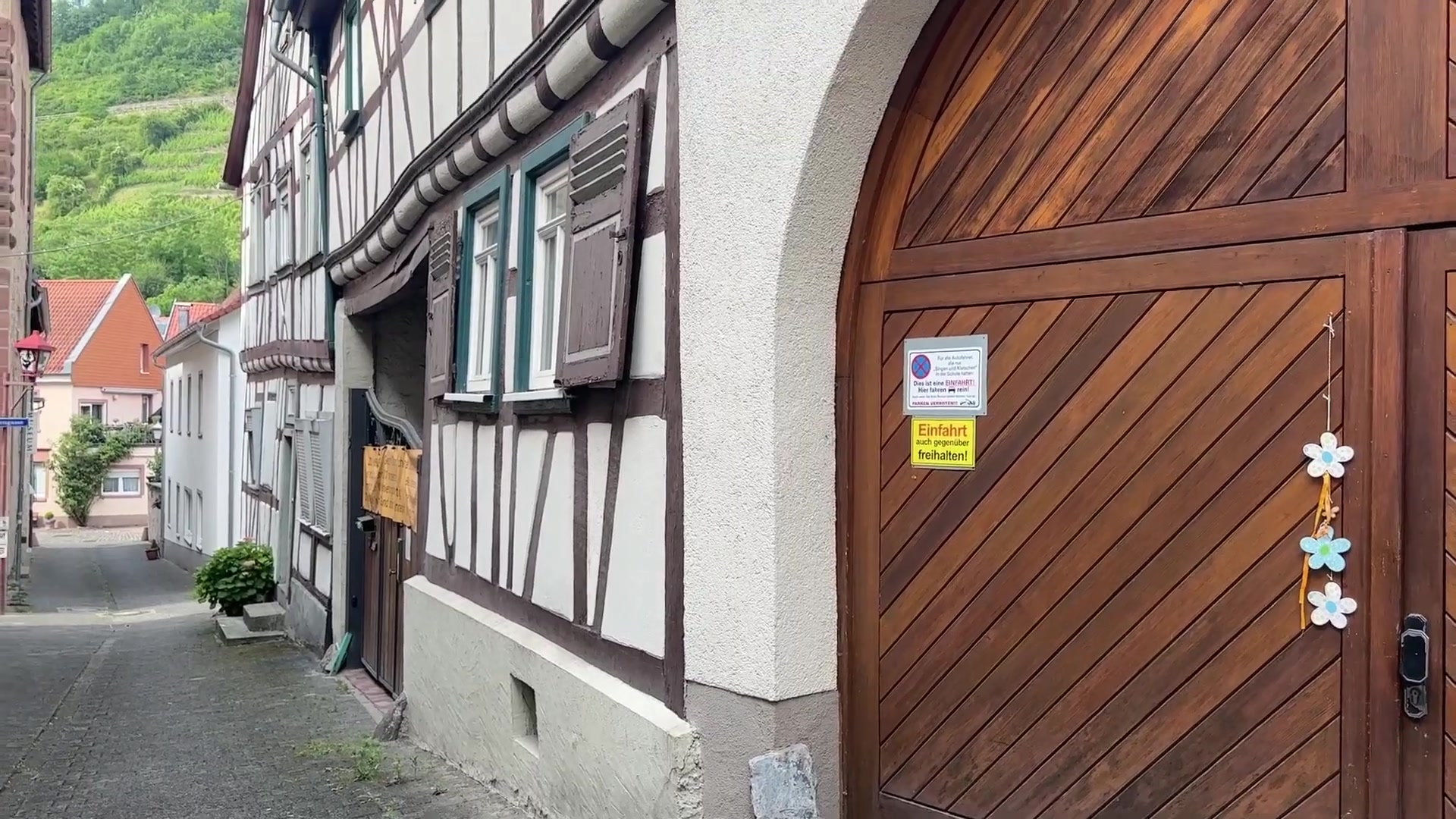
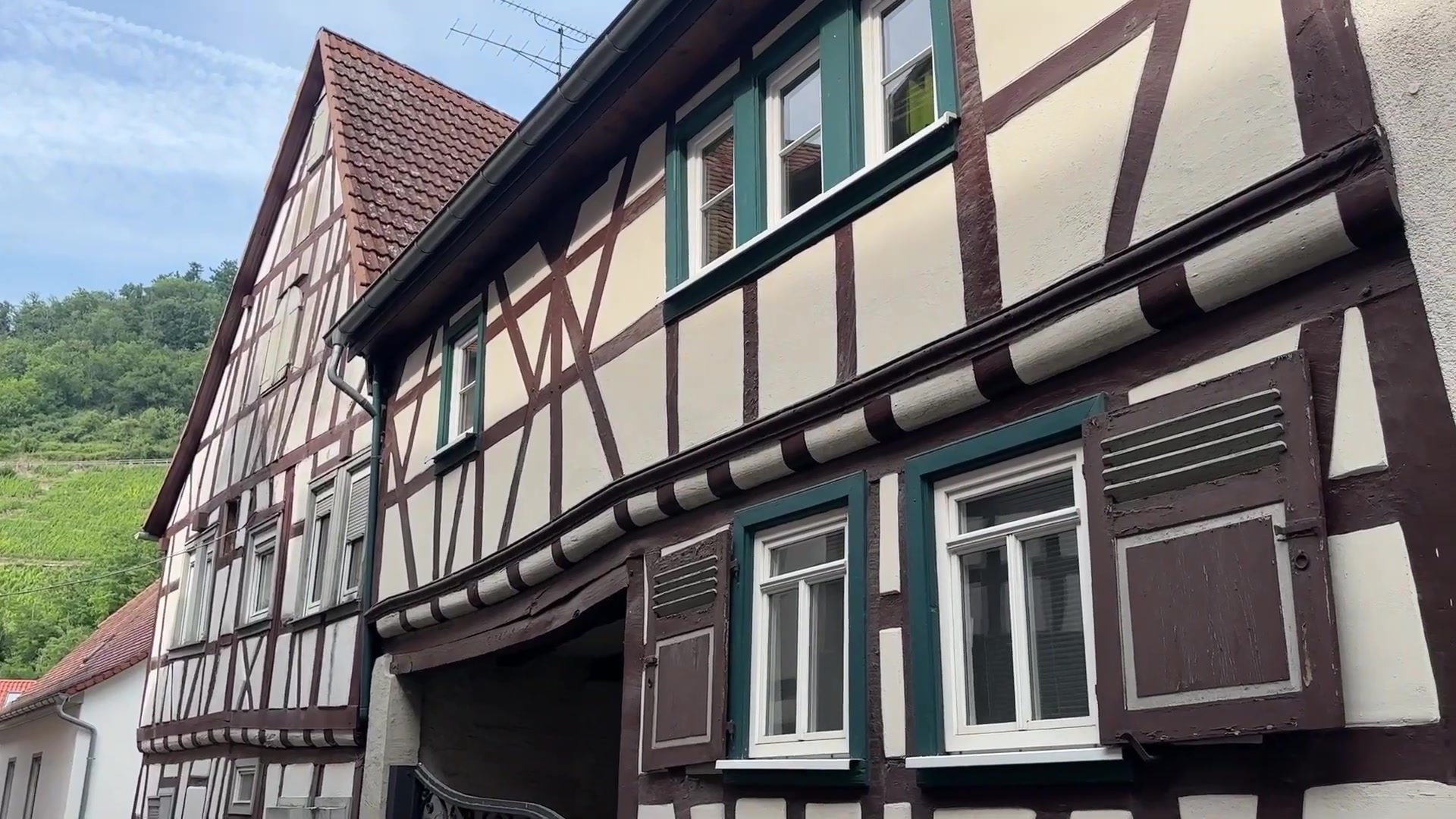

146.jpg (https://images.hive.blog/DQmXfWobnWkmVpJEeemJTvrG9XhkUAZ1WzYC4JyjuWjWGD3/146.jpg)
160.jpg (https://images.hive.blog/DQmSEZkw5V73yUy1VXH49YToxNErEfuXCqS8X86keLzvRdi/160.jpg)
198.jpg (https://images.hive.blog/DQmcDwvnZxpAXp9JNELP22aB1qDmB2LBt4VHTkHxx4fb1xr/198.jpg)
245.jpg (https://images.hive.blog/DQmNRYkgFTN6qmHjQtLM53rW6xz3yeybNsqpEHoiXYRCgU4/245.jpg)
307.jpg (https://images.hive.blog/DQmYyLw8o2JgzKVtCYbVVdVgzjTmHQuo6wJX7nHGfxmN4Cv/307.jpg)
316.jpg (https://images.hive.blog/DQmUFPcLXvkwgBQCX7aTFsDmx9nLhJwe3j3NfJdyDB1QL1f/316.jpg)
383.jpg (https://images.hive.blog/DQmX5b8zBBYjR5iNN1f1HhkaUv8q9kudy3CKiHVeWabE7Wa/383.jpg)
411.jpg (https://images.hive.blog/DQmW3q2HJ8YzUMLGwAcdfQL3juwrRvAdX1uTyZ9n7dc4hge/411.jpg)
431.jpg (https://images.hive.blog/DQmbcA2AoBdsvppBD9xdeQs3kAXU7igNtGnT1HJgD8f8QdZ/431.jpg)
488.jpg (https://images.hive.blog/DQmcJG5J187GKYmm2My98uvrQdtu4MuJmmZNoZc2GCjas7t/488.jpg)
After that the old town ended, giving way to more modern buildings and asphalt roads. The streets where cars pass begin here. That’s where we ended our walk and we said goodbye to this colorful little town, until we meet again.